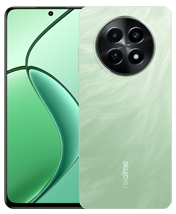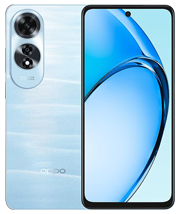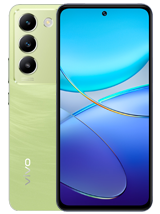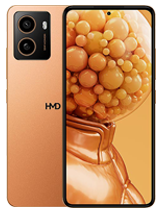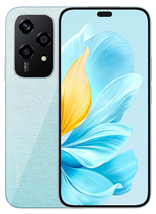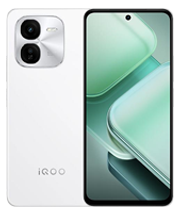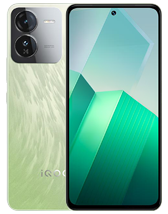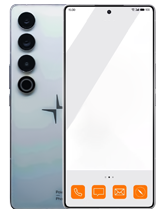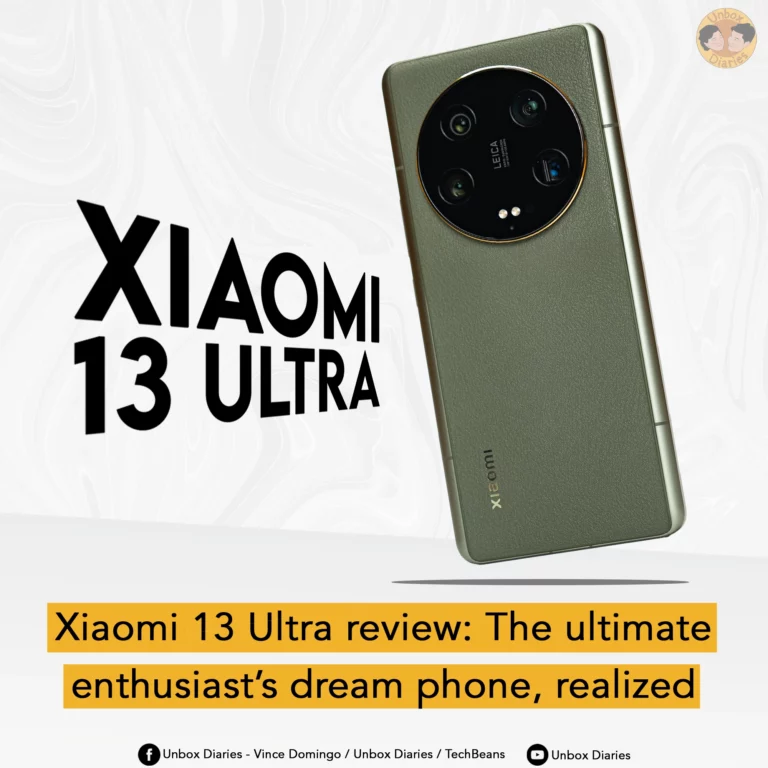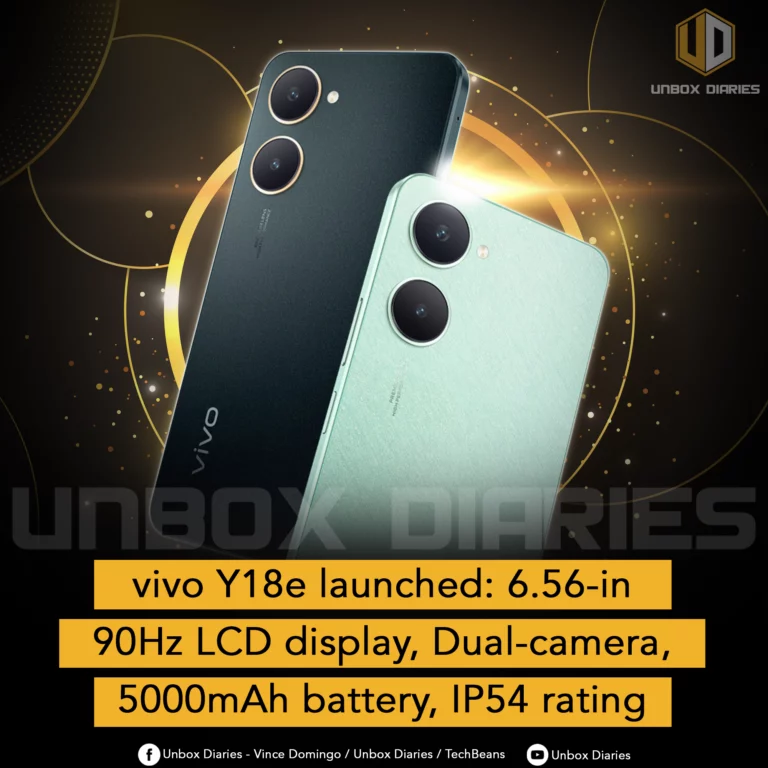Xiaomi is the kind of smartphone you’d wish to love but doesn’t seem to fully commit to for some reason. Given the brand’s Chinese roots, a series of scandals and mishaps regarding their software, build quality, and more– Xiaomi is still one of the most popular phone brands when it comes to entry-level and mid-range segments.
And yet, their flagships are still underrated due to lukewarm reviews and past releases that fell kind of short in comparison to what the competition offered.
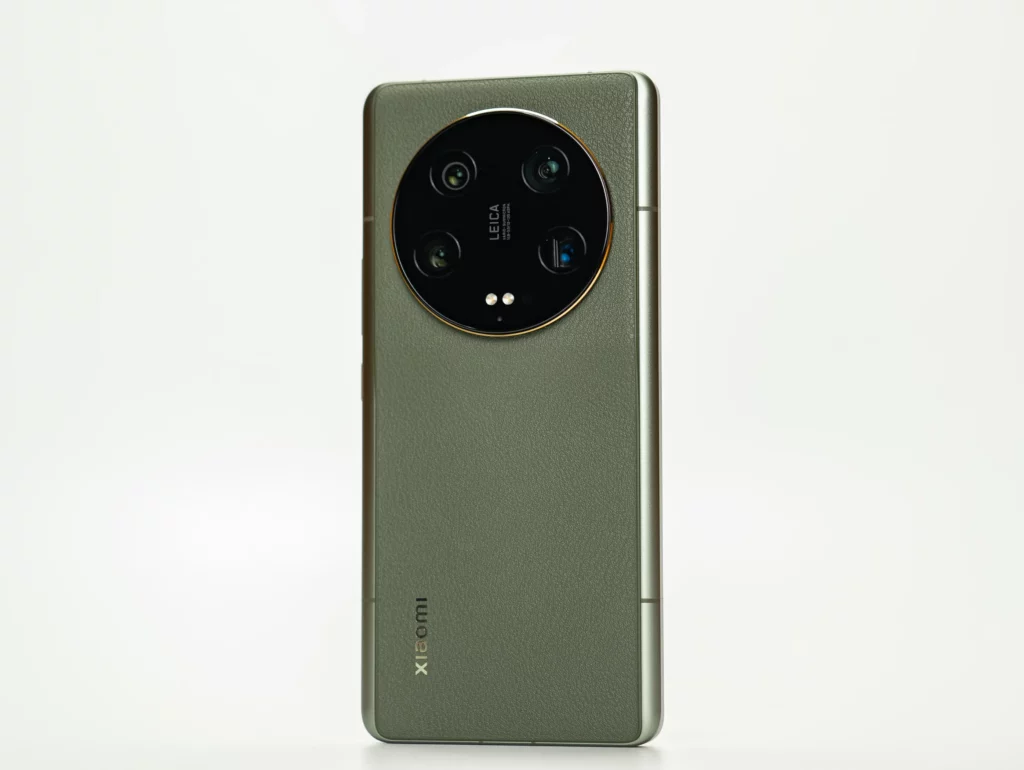
This year is a drastic change: we are pleased to report that the Xiaomi 13 Ultra is one of the best Android flagship releases this 2023 and for many great reasons.
What the Xiaomi 13 Ultra offers is a refinement over last year’s 12S Ultra, with a ton of useful features and what we consider the best design and material choice in recent memory.
With the introduction on the way, let’s unbox this “super-phone”. But before that, official PH pricing and full specifications are through here: https://unboxdiaries.com/phones/xiaomi-13-ultra/
This is what a premium flagship device unboxing looks like
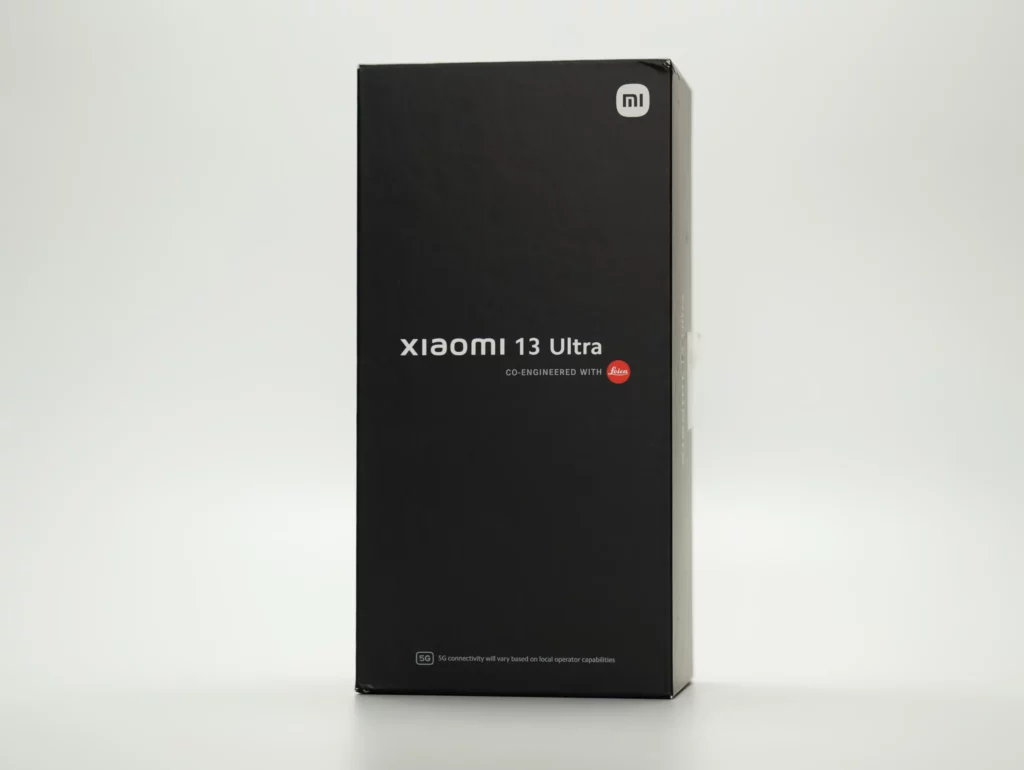
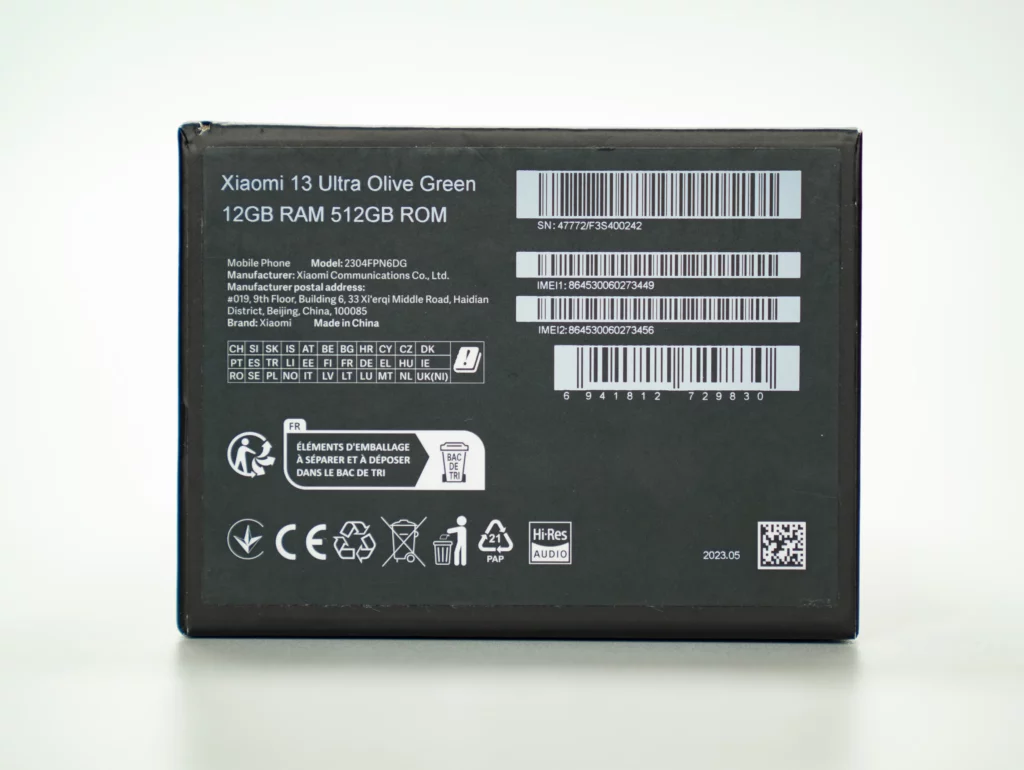
The box color alone is a departure from the usual Xiaomi/Redmi/POCO fanfare. The jet-black colorway with the wordmark alone oozes premium all over its presentation– and that’s just the box itself.
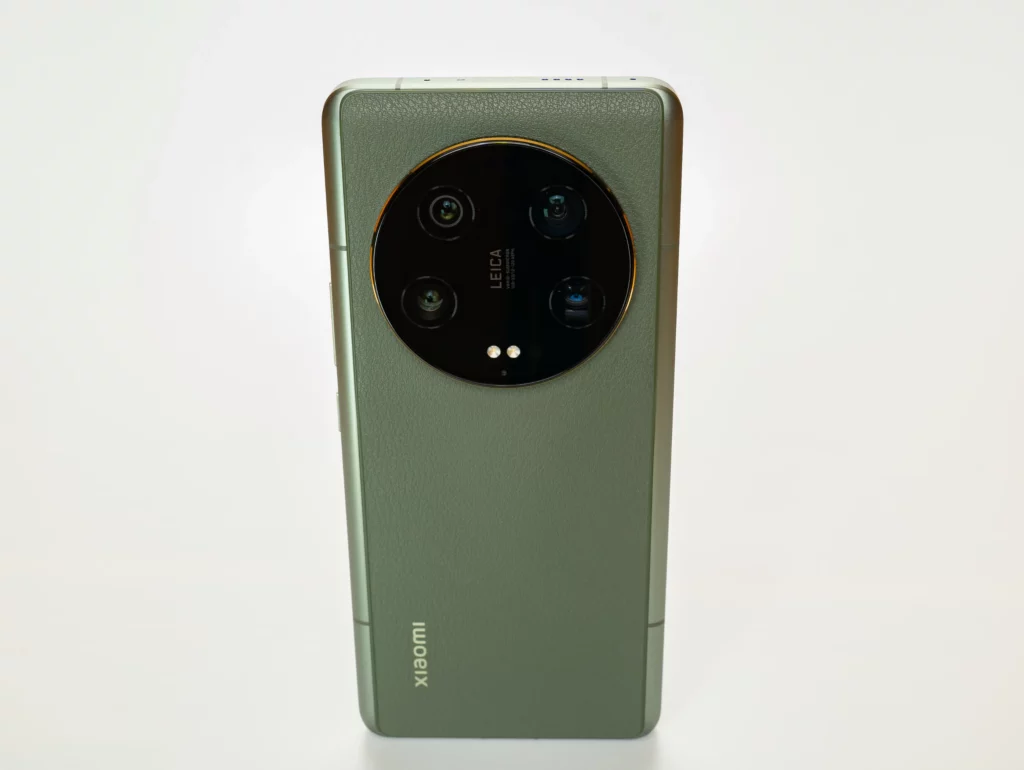
Opening it reveals the phone, lifting it will show the unique plastic case that has a honeycomb pattern design that hugs the phone on all sides, and nestles the wide camera bump as well. The case is also slightly raised because the phone gained an inch or more to accommodate its crazy camera modules.
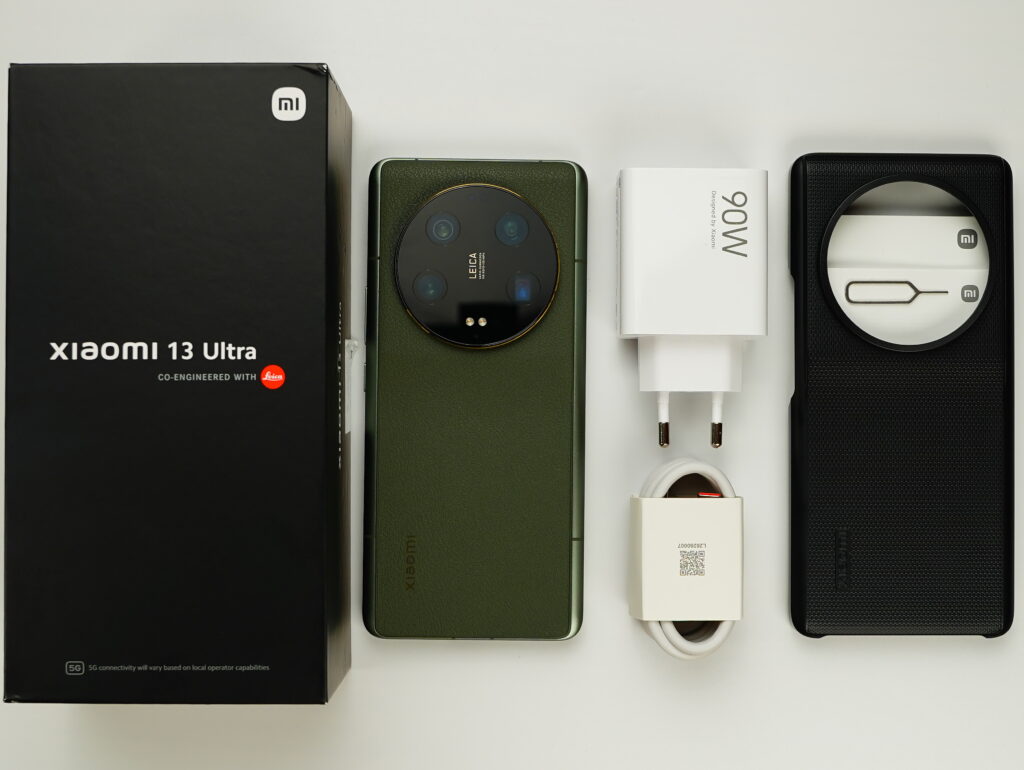
The 90W charging brick is here together with the Type-C charging port, sim ejector pin, and some important paperwork. Overall, a standard affair apart from the hard plastic casing.
Look at thoooose
When we said “What are thoooose?!” after we saw the Xiaomi 13 Ultra back design for the first time– we aren’t sure if we love it because this feels like the ultimate enthusiast phone, kind of like what Japanese brands like Sony or Sharp are making. It feels more like a tool than an actual phone itself.
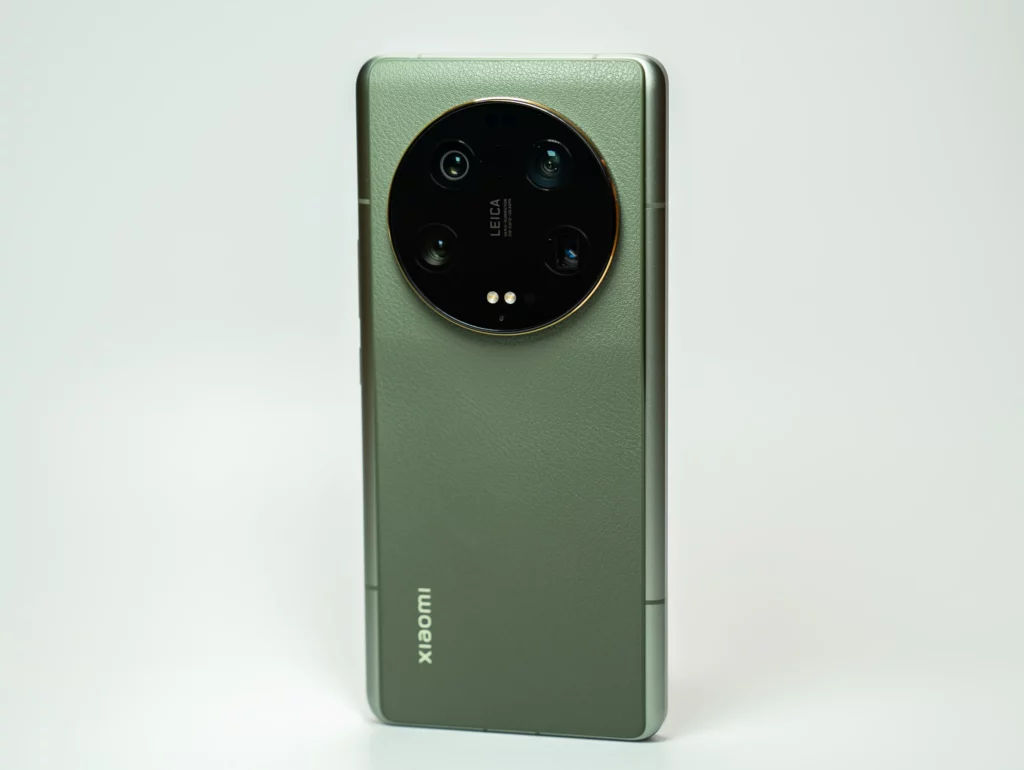
It’s kind of rugged but at the same time, it’s not. We have the Olive Green variant and man, we were completely blown away. A thick slab of faux leather rests on the back that looks and feels like the real thing, and it is also available in Black, Orange, White, Yellow, or Blue.
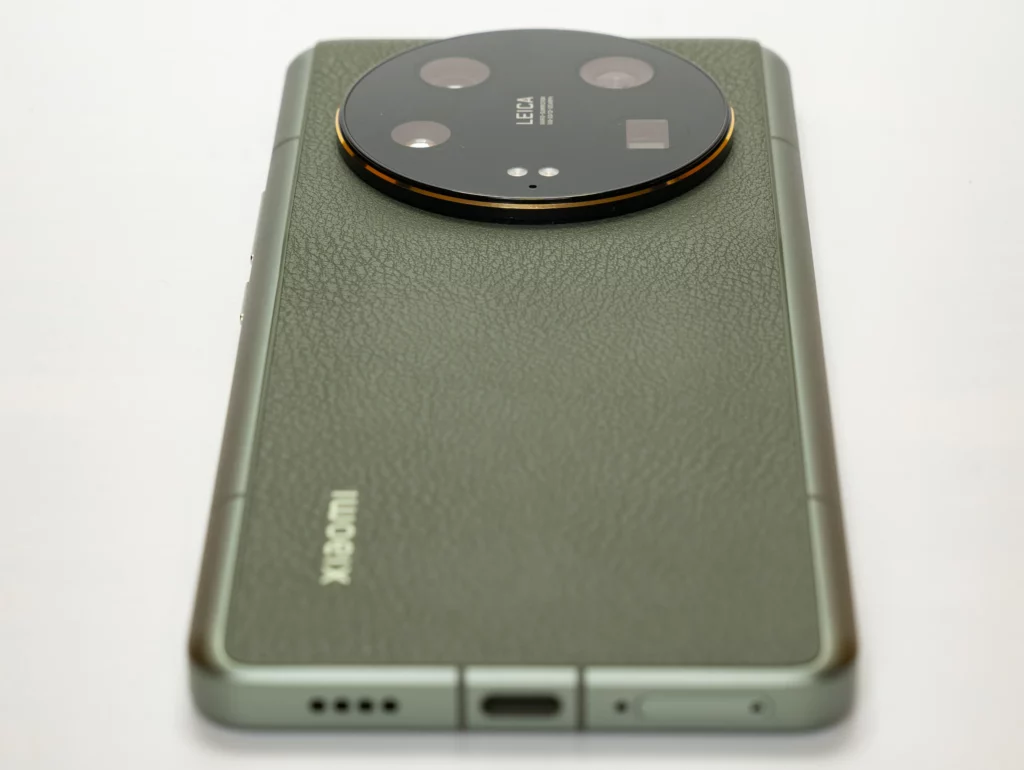
We noticed that the faux-leather back does not wrap to the sides, leaving a somehow weird but quirky aura to it. Xiaomi said that they used a unibody design to give the flagship a sturdy, rigid look. It truly replicates an expensive camera.
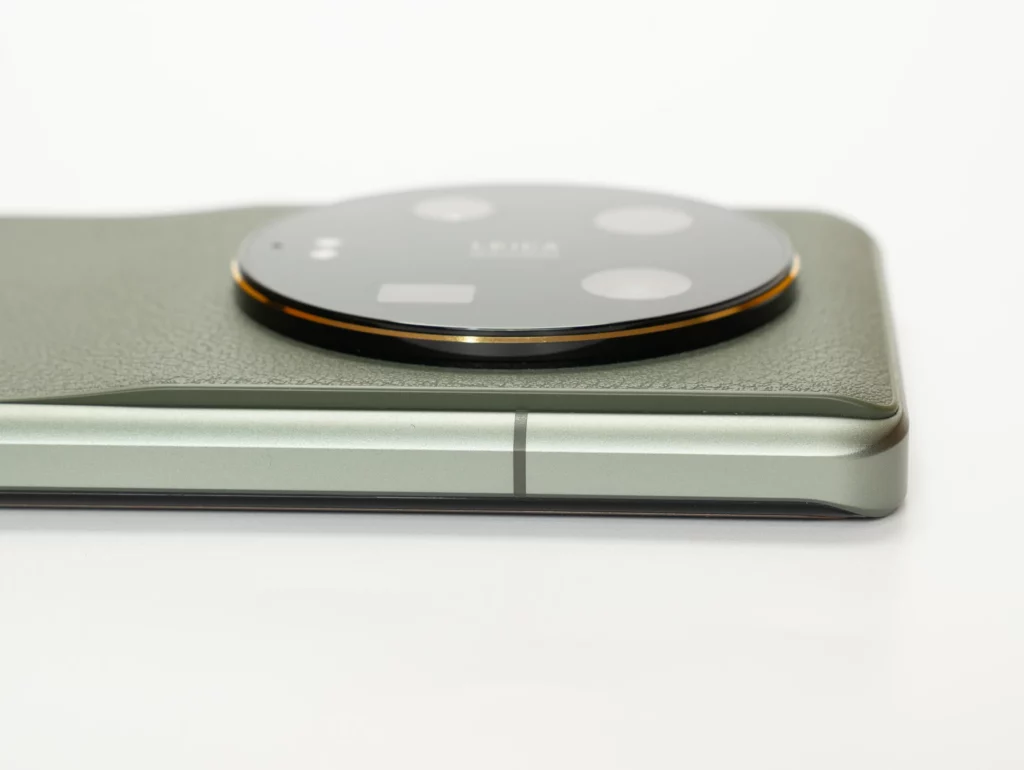
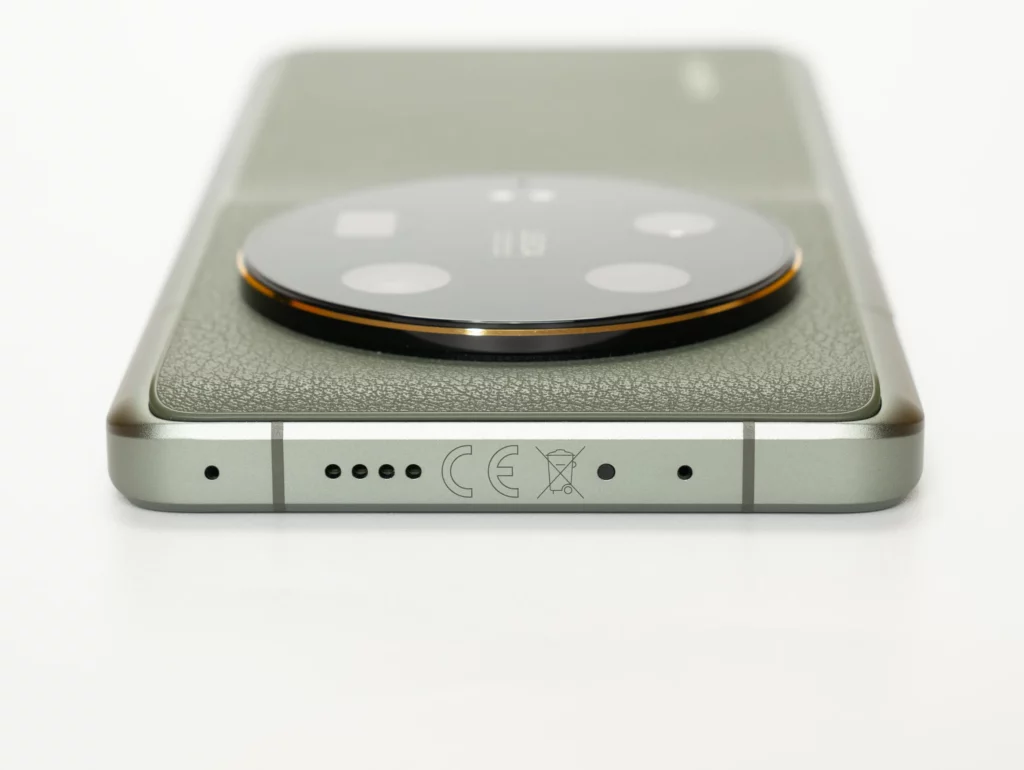
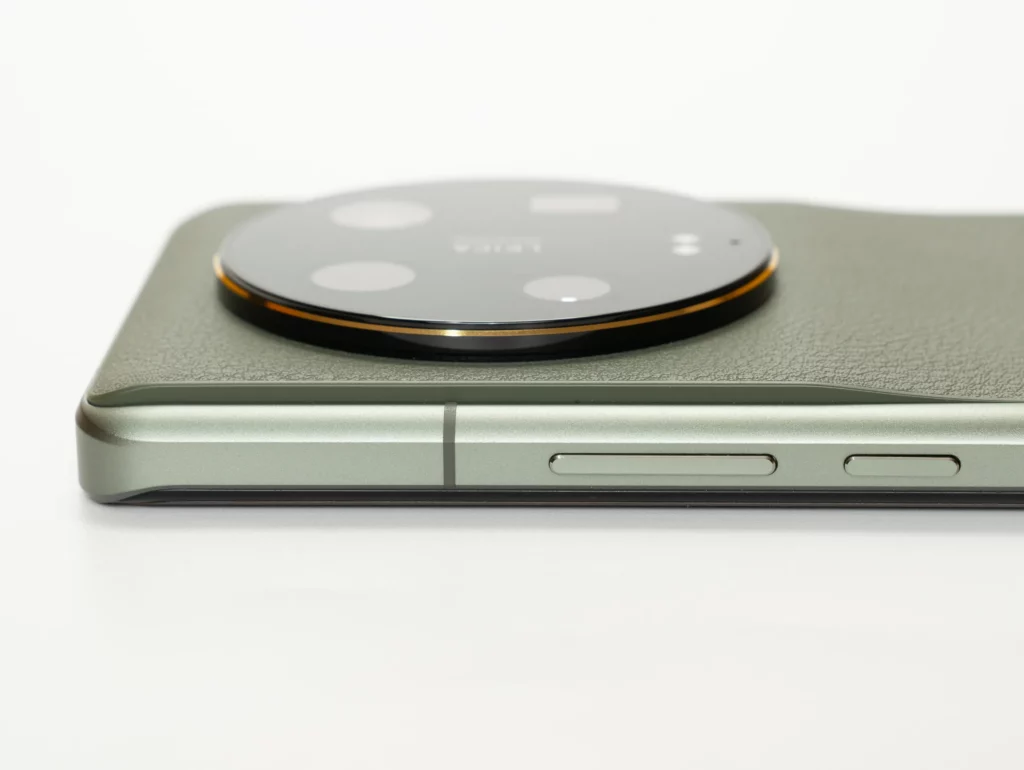
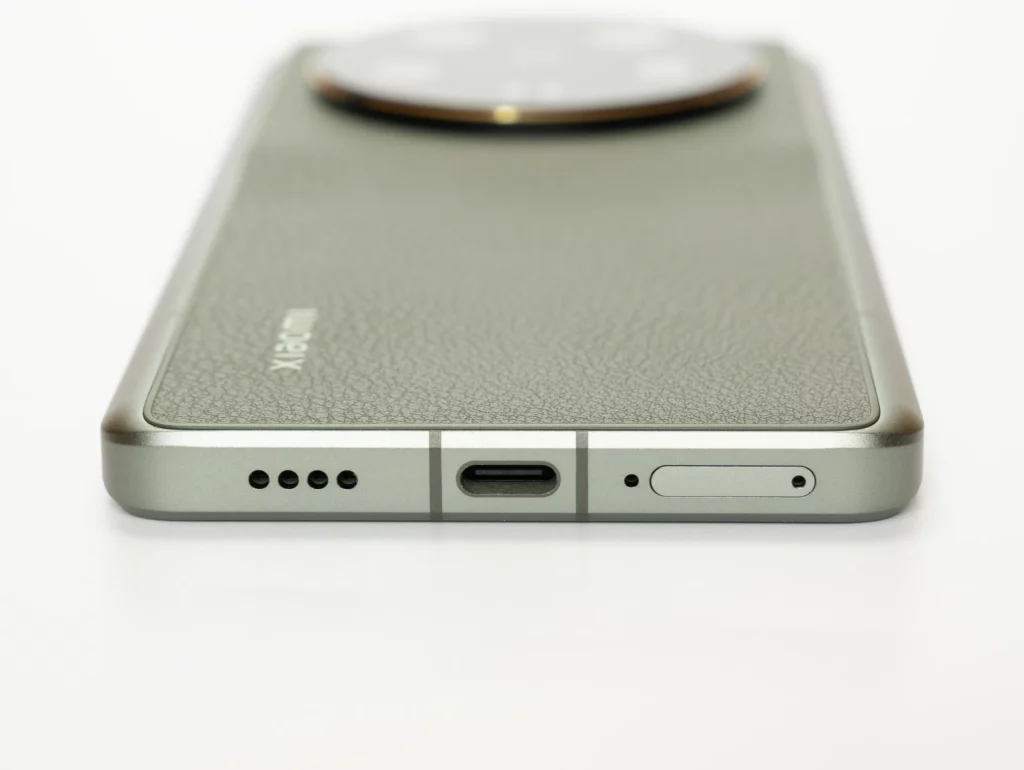
The aluminum frame creates a chunky yet solid heft to it, with the power button and volume rockers gracing the right side of the device, the left side has no buttons or holes to be found, the top side has the two microphones, a speaker, and an infrared port. The bottom part houses the other speaker and a SIM tray that can hold two SIM cards (no external memory card slot though).
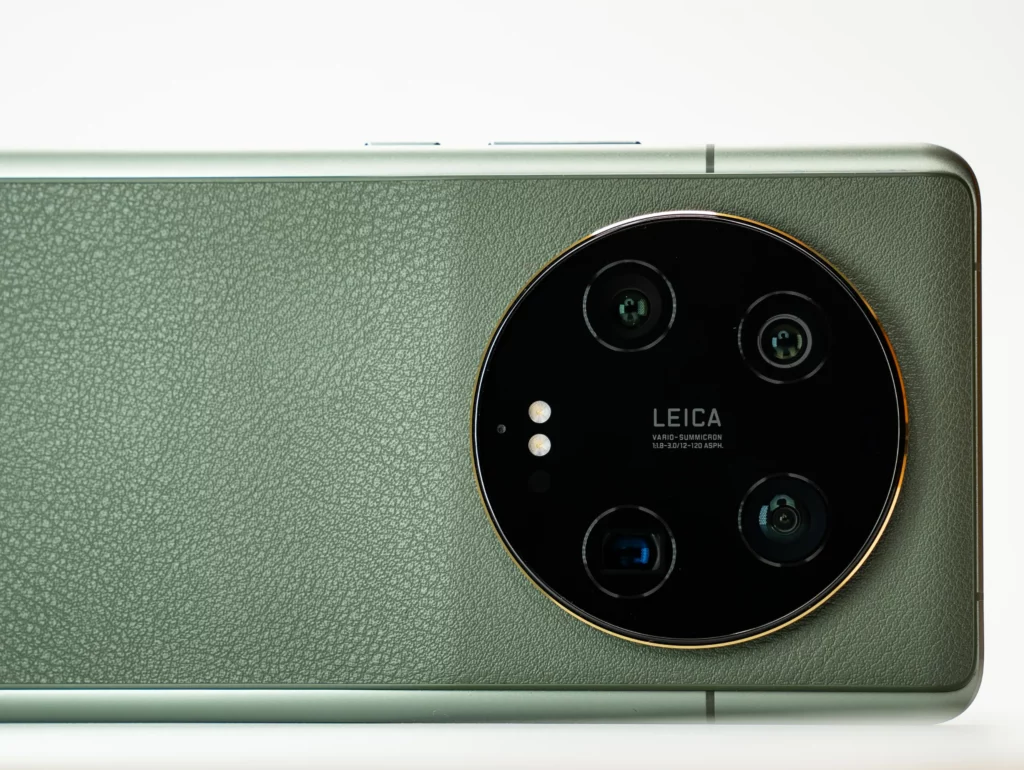
Let’s backstep for a bit and marvel at the 13 Ultra’s camera module. Four big sensors carve their spot together with two LED flashes. The LEICA wording is proudly placed at the center with the type of lens and aperture variety also written here. It is encased in a large circle bump with gold edges to it.
The Xiaomi 13 Ultra is IP68 rated, because we don’t want to see a smartphone sprouting another copy of itself but meaner in general (like Gremlins, but actually– we want a phone that duplicates when splashed with water, easy profit indeed).
The display is just…awesome

Packing a 6.73-inch OLED display, the Xiaomi 13 Ultra is one of the most gorgeous phone displays we’ve ever seen. The 120Hz variable refresh rate is also present here, as well as a flagship-grade 1440 x 3220 resolution. Dolby Vision is here to stay, as well as a super fast 1,920Hz PWM dimming (a higher dimming refresh rate means better for the eyes). It also has a slight curve at the side, but no Galaxy S7 edge levels of curviness.
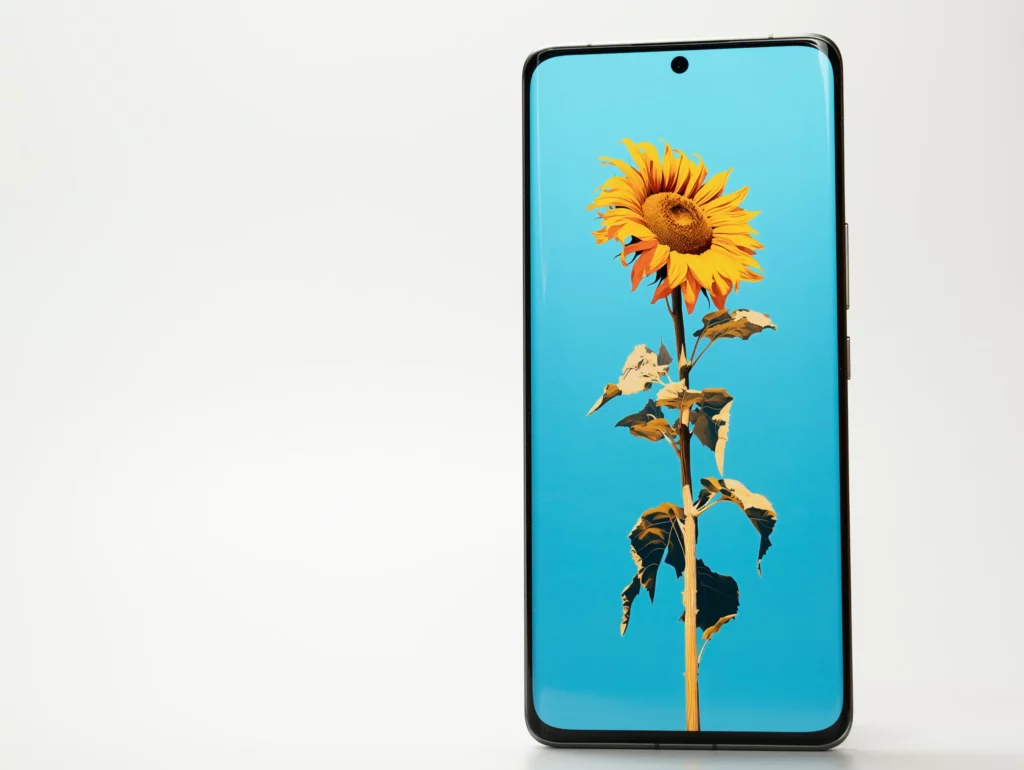
The bezels are really thin and a small punch hole for the selfie camera. Again, what every enthusiast is dreaming of. The Xiaomi 13 Ultra is also extra bright, even beating the iPhone 14 Pro Max’s 2,000 max nits for a whopping 2,600 nits of brightness: feels like staring at a large flashlight!
Color options are also here: you have the choice if you want Original Color PRO (on by default), vivid, saturated, and advanced– meaning, you can adjust it to your taste.

Because the display here is an LTPO OLED, it is variable from 120Hz down to 1Hz. The always-on-display uses 30Hz by default. Watching YouTube is a breeze, offering 2160fps@60fps quality. Video streaming via Netflix, Disney+, and more is also not a problem because of the Widevine L1 certification.
Battery life and charging
Battery life varies depending on usage with the Xiaomi 13 Ultra. When used moderately (no heavy-straining apps like games) it lasted a full day easily. Upon heavy usage like playing games, the phone heats so much that we find it scorching hot while playing Genshin Impact at max settings. Surprisingly, the phone didn’t experience heavy throttling at all and was able to regulate a steady frame rate.
When it comes to charging time using the provided 90W brick, we managed to get a full charge from 9-100% in just 41 minutes. Xiaomi claims to charge the 13 Ultra from dead to max capacity in just 35 minutes, and that kind of ticks those boxes. The 50W wireless function however took a lot longer than the usual 49 minutes Xiaomi is claiming, filling the battery from 18-100% in 1 hour and 13 minutes, still pretty impressive. The reverse wire is rated at 10W but we didn’t manage to test it through.
Ultra-fast Performance
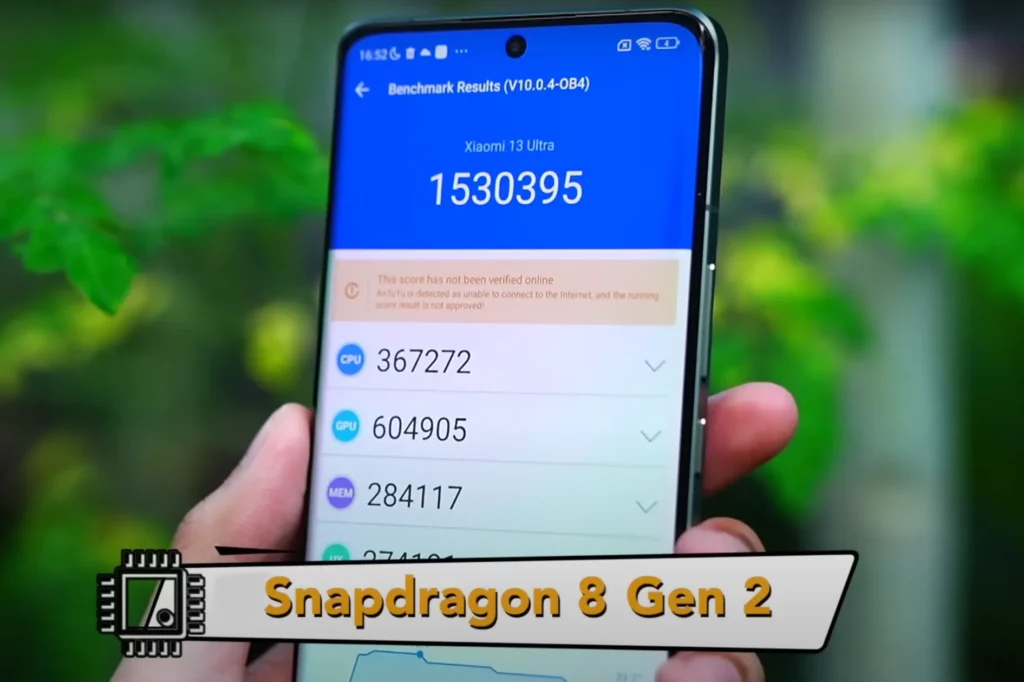
The Xiaomi 13 Ultra is powered by the Qualcomm Snapdragon 8 Gen 2 processor which is the latest and most powerful processor from Qualcomm, and it is designed to deliver the best possible performance in smartphones.
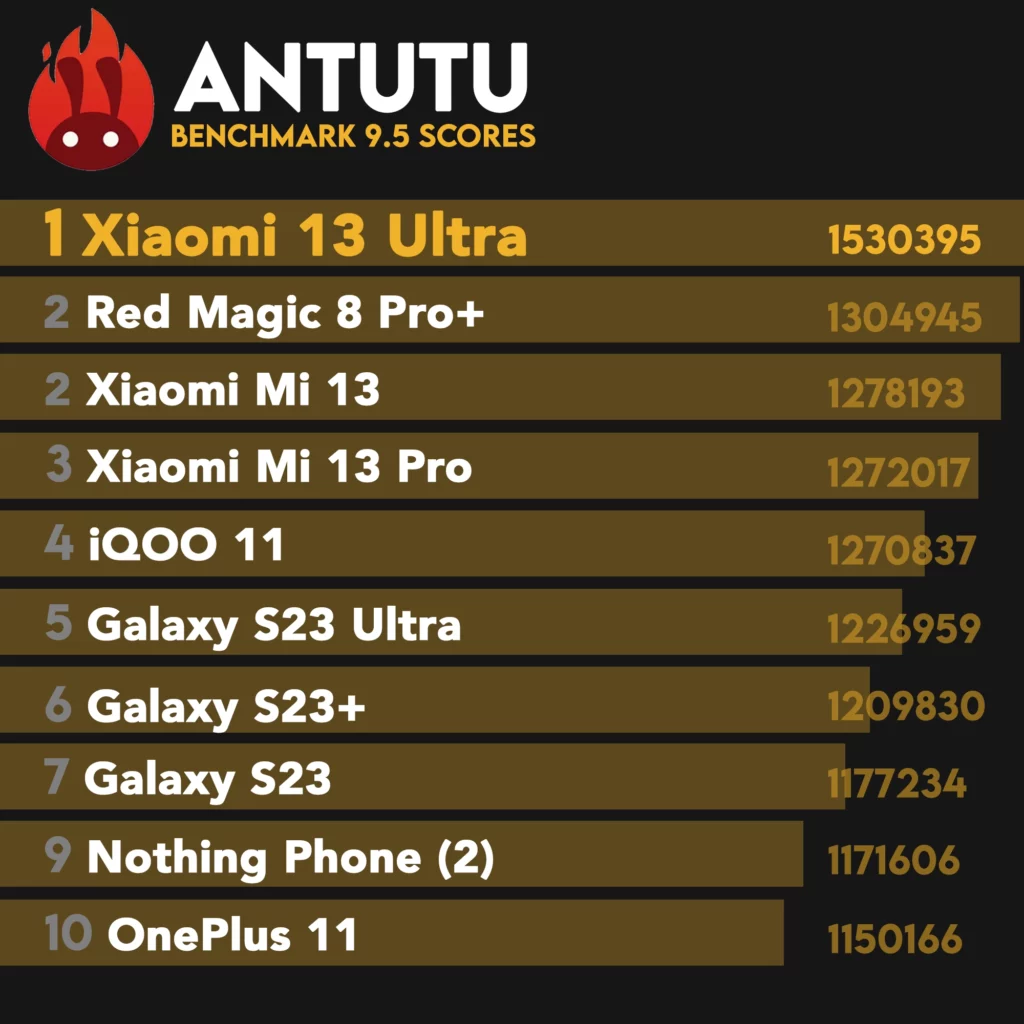
The Snapdragon 8 Gen 2 is built on a 4nm process, and it has an octa-core design with one prime core clocked at up to 3.19GHz, three performance cores clocked at up to 2.8GHz, and four efficiency cores clocked at up to 2.0GHz. It also has an Adreno 740 GPU, which is one of the most powerful mobile GPUs on the market.
The Snapdragon 8 Gen 2 is a very impressive processor, and it should make the Xiaomi 13 Ultra one of the most powerful flagships right now so, onwards to the gaming test!
Gaming test
Graphics settings:
| Game | Graphics | Refresh rate |
| Mobile Legends: Bang Bang | Ultra | Ultra(120 FPS) |
| Call of Duty: Mobile | Low | Ultra(120 FPS) |
| Genshin Impact | Highest | 60 FPS |
Equipped with the most powerful Snapdragon processor to date, the Xiaomi 13 Ultra handles gaming extremely well, albeit with some hiccups in playing Genshin Impact because of the detailed open world at the highest settings possible.
Additionally, there is a little problem with the graphical settings in Call of Duty: Mobile. It is rather annoying because the game prevents the use of Ultra refresh rate option if the graphics setting is set to anything other than low, as seen by our gaming testers. Therefore, Call of Duty was only shown in our gameplay video at a low graphics setting with an Ultra refresh rate. Well, a competitive FPS game must have a smoother gaming experience, right? So it’s still fantastic!
Another thing to keep in mind is that, as predicted, the flagship will feel a little warmer during lengthy gaming testing. The Xiaomi 13 Ultra’s own cooling mechanism does a really good job of preventing thermal throttling, thus the throttling isn’t really a big problem.
Additionally, due to the shape of the phone, holding it horizontally is rather uncomfortable, especially when gaming. Even though the phone isn’t actually billed as a gaming phone—rather, it’s a camera phone—gaming is still really smooth and a fantastic experience overall.
User Interface
With an Android 13 core at its core, the Xiaomi 13 Ultra runs MIUI 14. The Ultra is receiving the usual flagship treatment as that is the most recent OS available on a Xiaomi phone. There aren’t many surprises either because it’s a software package we had used on the 13 Pro. All-in-all, pretty fast and responsive, as expected on a flagship device.
Audio Quality
The Xiaomi 13 Ultra has a stereo speaker system with two drivers. One driver is located at the bottom of the phone and the other is located at the top. The top-firing driver directs sound both forward through the earpiece and out through a grille on the top plate.
The speakers each output their respective channel, so you won’t miss anything if you block one speaker with your hand. The overall sound quality is balanced with solid vocals and well-defined treble. The speakers provide one of the best audio experiences available on a smartphone.
Dolby Atmos is supported, and enabled by default. When Dolby Atmos is turned on, the low-frequency response is noticeably improved. However, if you prefer a more balanced sound, you can disable Dolby Atmos.
Next up, is the camera!
A camera with a phone
Regarding its camera setup, the Xiaomi 13 Ultra has a quad-camera system on the back; Here are the specs of the cameras:
- Main camera: 50MP with a 1/1.33-inch sensor, 2.44µm pixel size, f/1.9 aperture, and OIS. It also has a variable aperture of f/1.9 or f/4.0.
- Ultrawide camera: 48MP with a 12mm equivalent focal length, f/2.2 aperture, and 122-degree field of view.
- Telephoto camera: 48MP with a 120mm equivalent focal length, f/3.5 aperture, and OIS. It also has a periscope lens that allows for 10x optical zoom.
- Macro camera: 2MP with a 50mm equivalent focal length and f/2.4 aperture.
The Xiaomi 13 Ultra also has a 12MP front-facing camera with a 1/2.93-inch sensor, 1.22µm pixel size, f/2.4 aperture, and EIS.
The Xiaomi 13 Ultra’s camera system is co-engineered with Leica, and it features Leica Summicron lenses. The cameras are also capable of shooting in RAW format, and they have a number of other features, such as Night mode, Portrait mode, and Pro mode.
Discussing its hardware is a little dull, don’t you think? Let’s do some camera tests!
Camera quality test
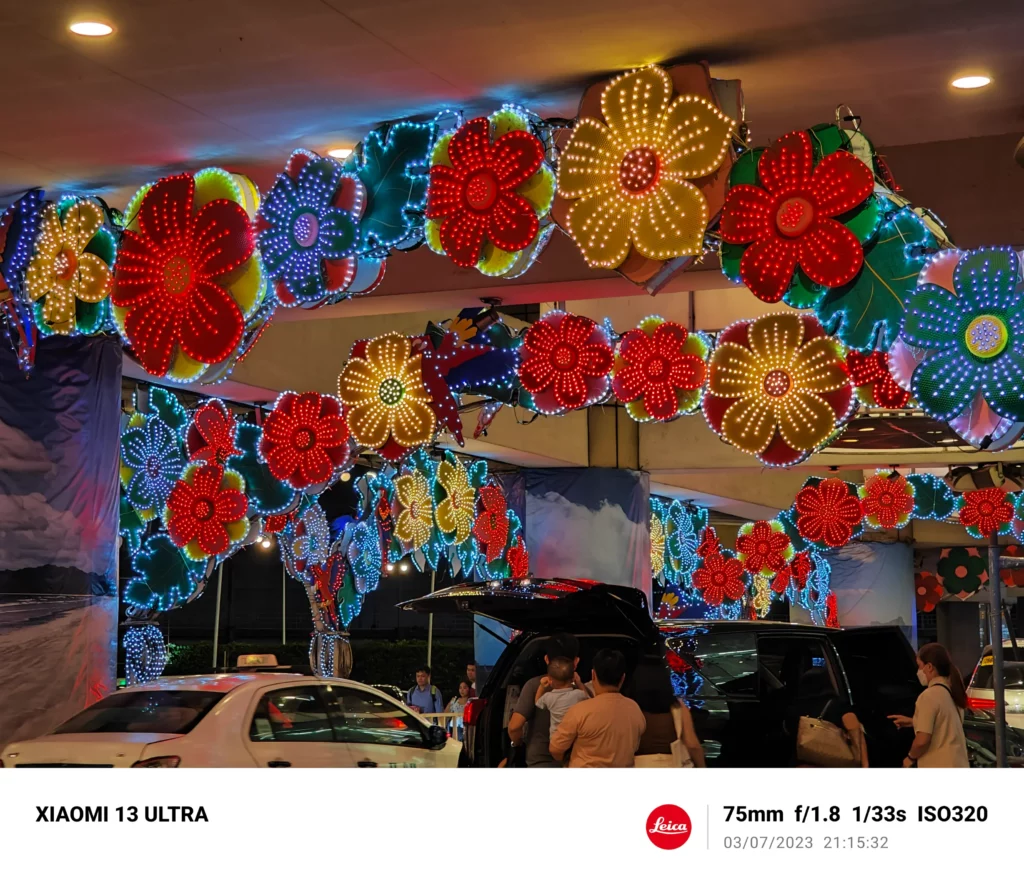
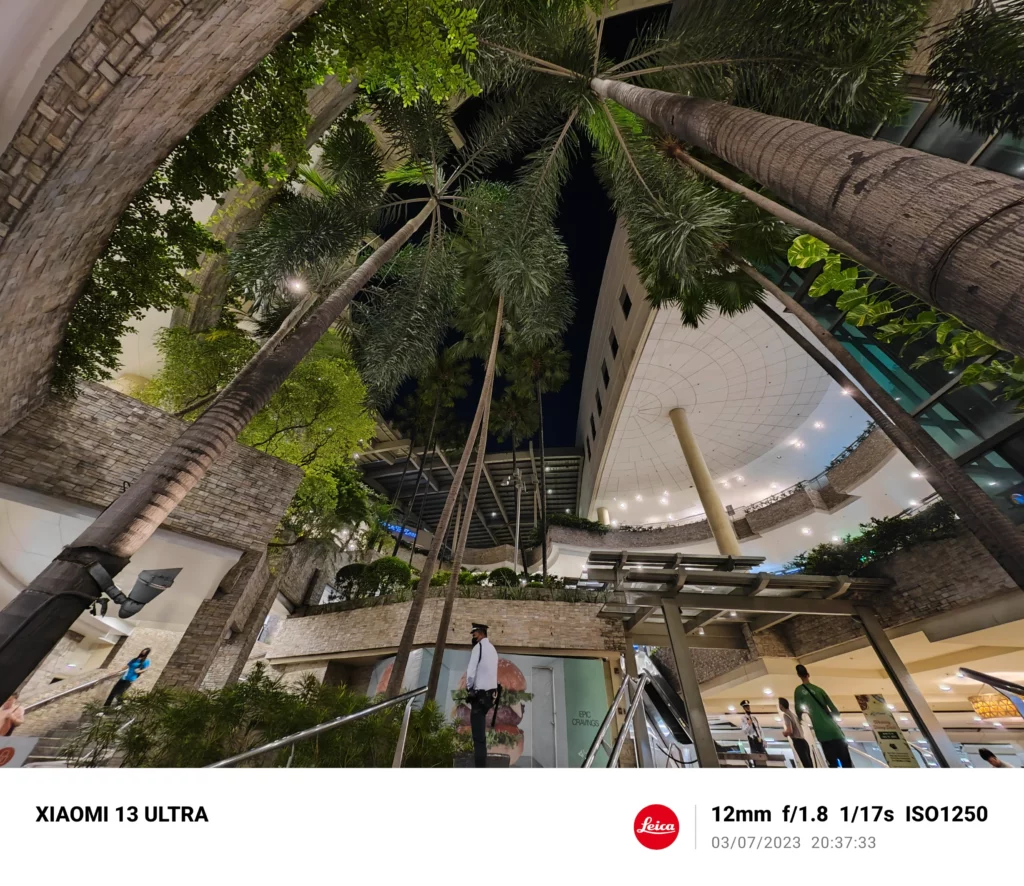

First off, the quality of the shots are significantly better than the Xiaomi 12S Ultra, the color quality is almost accurate and the details are great.
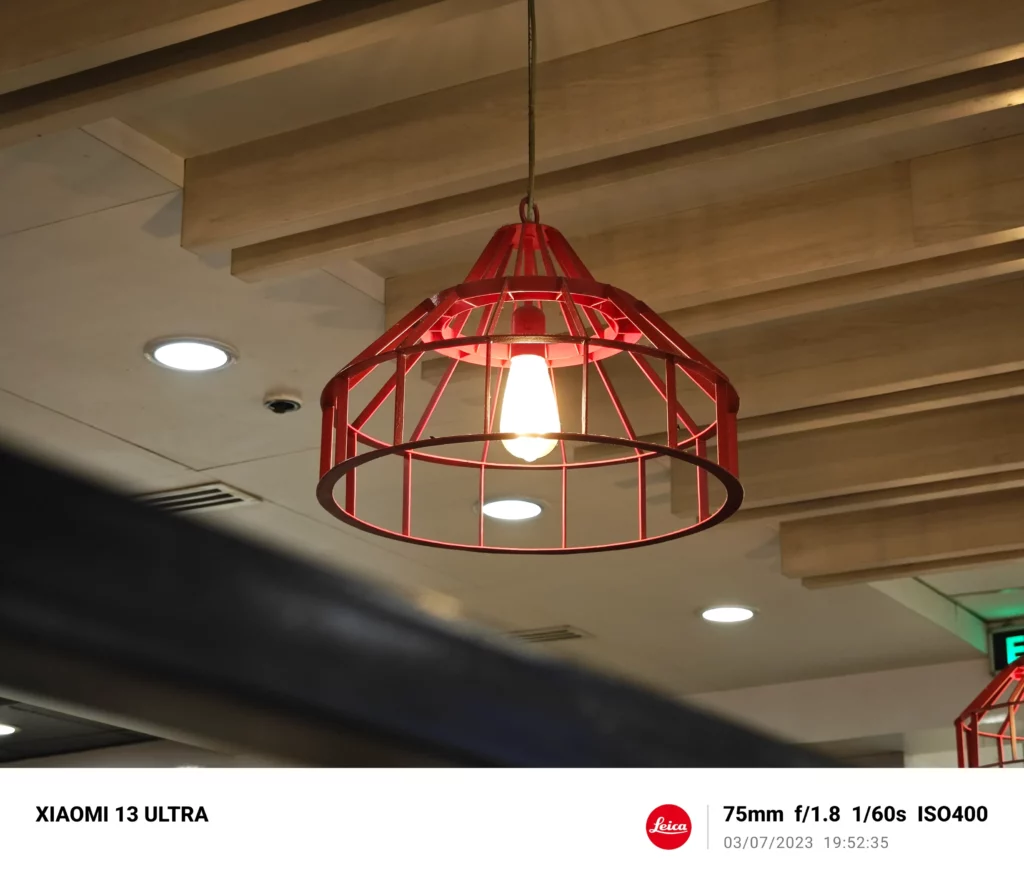
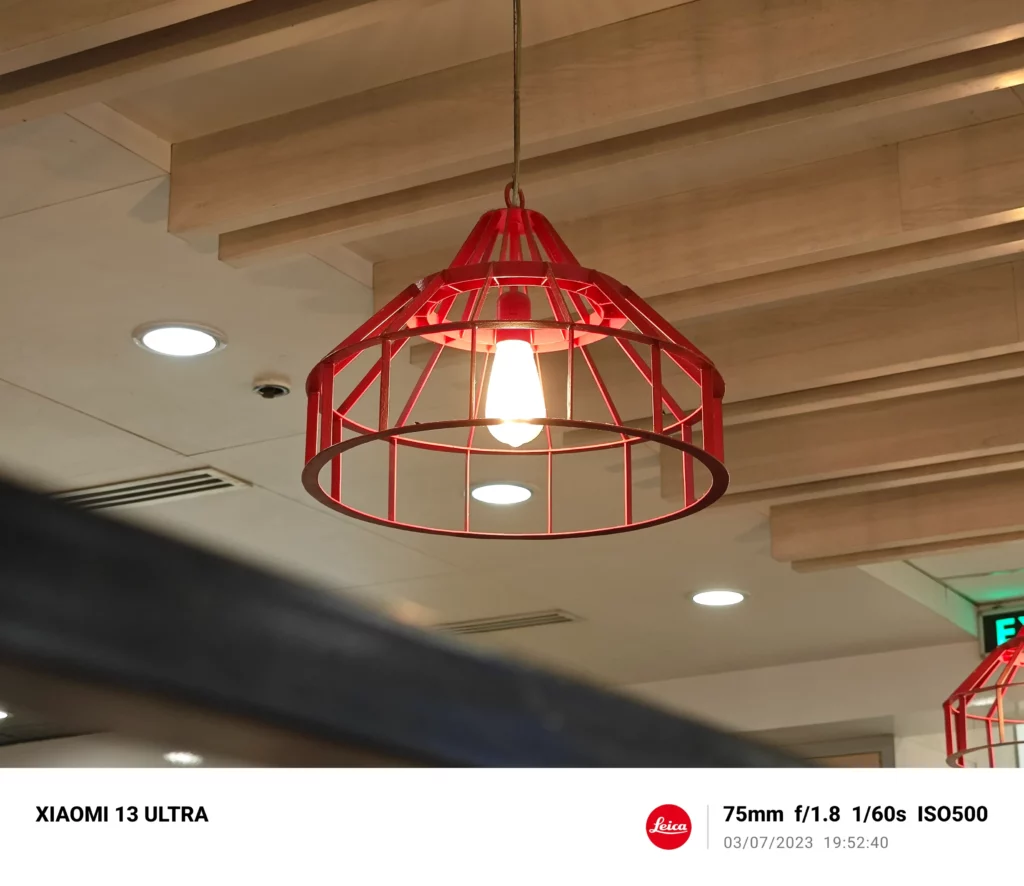
Also, the camera uses “Leica Authentic”, and “Leica Vibrant” colors. Leica Authentic doesn’t have much color pop while the Leica Vibrant color features more saturation. The difference isn’t much at first glance but:
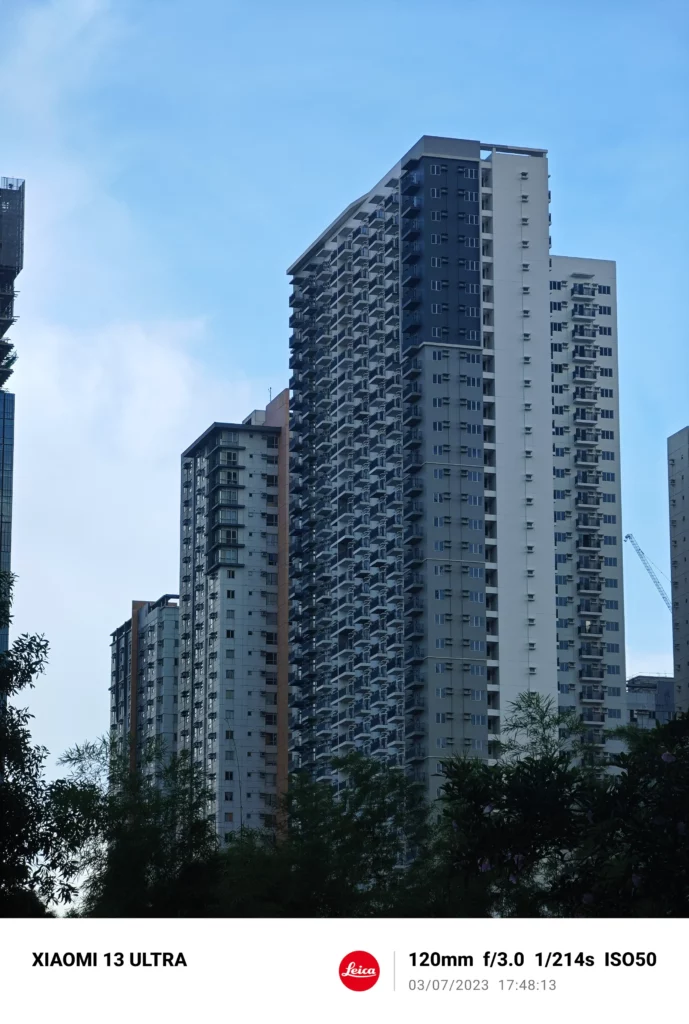
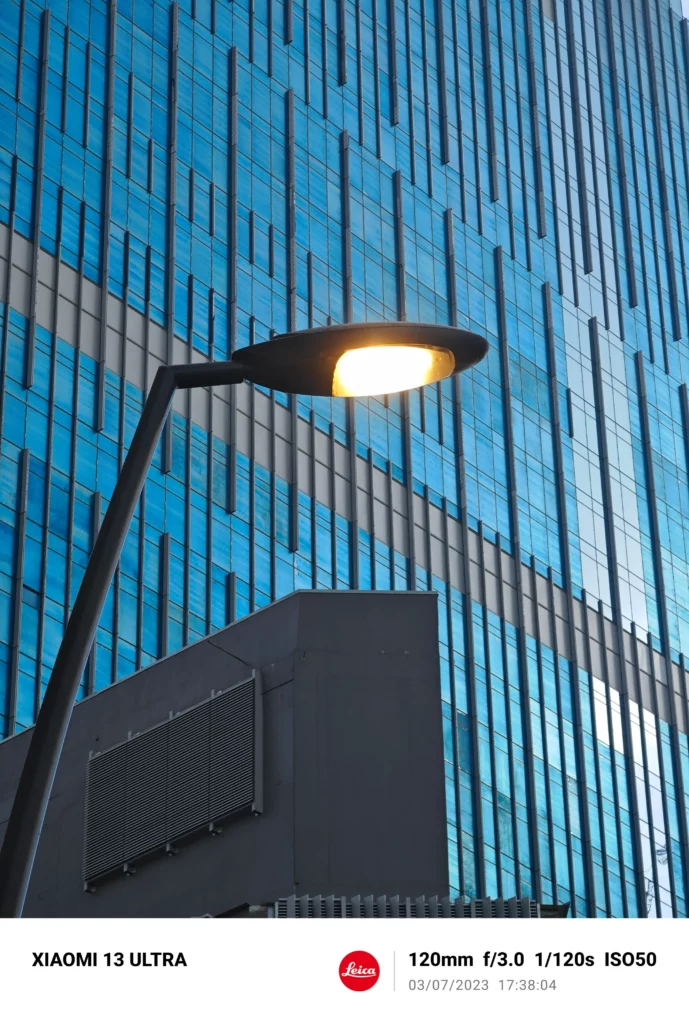
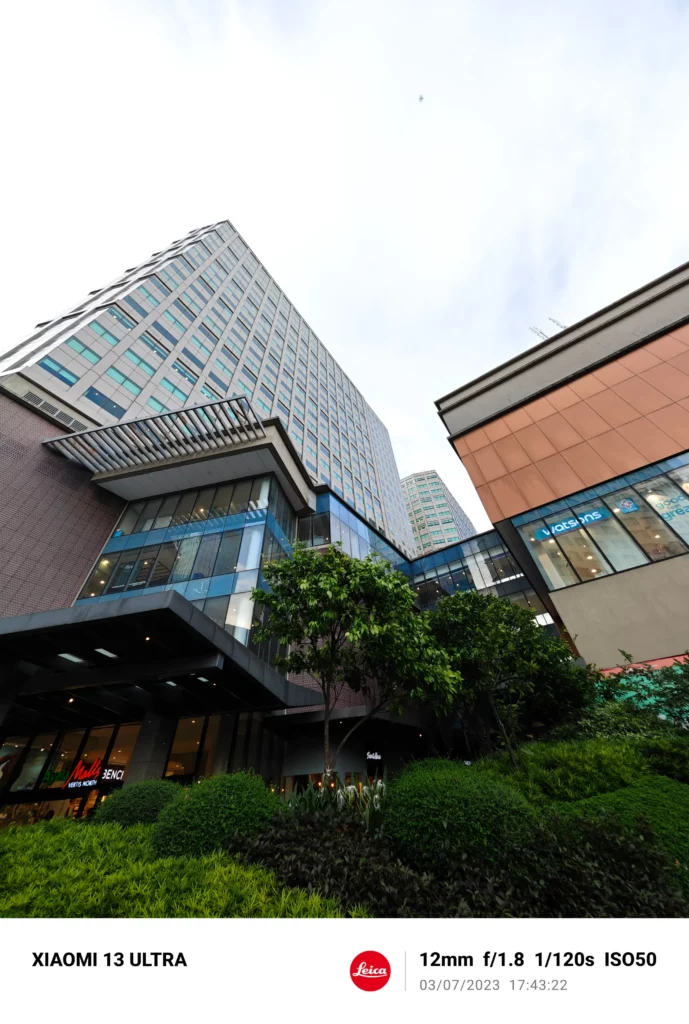
The photographs are incredibly detailed and of excellent quality under decent lighting. Additionally, the colors are quite similar to those of a DSLR camera. Why just close? The best background blur and color is achieved using a DSLR camera.

The telephoto zoom lenses on the phone feature beautiful colors and a very natural background blur. It truly has a DSLR camera’s feel about it. The details are not that great though, but even so, the image quality using telephoto lens is pretty good.

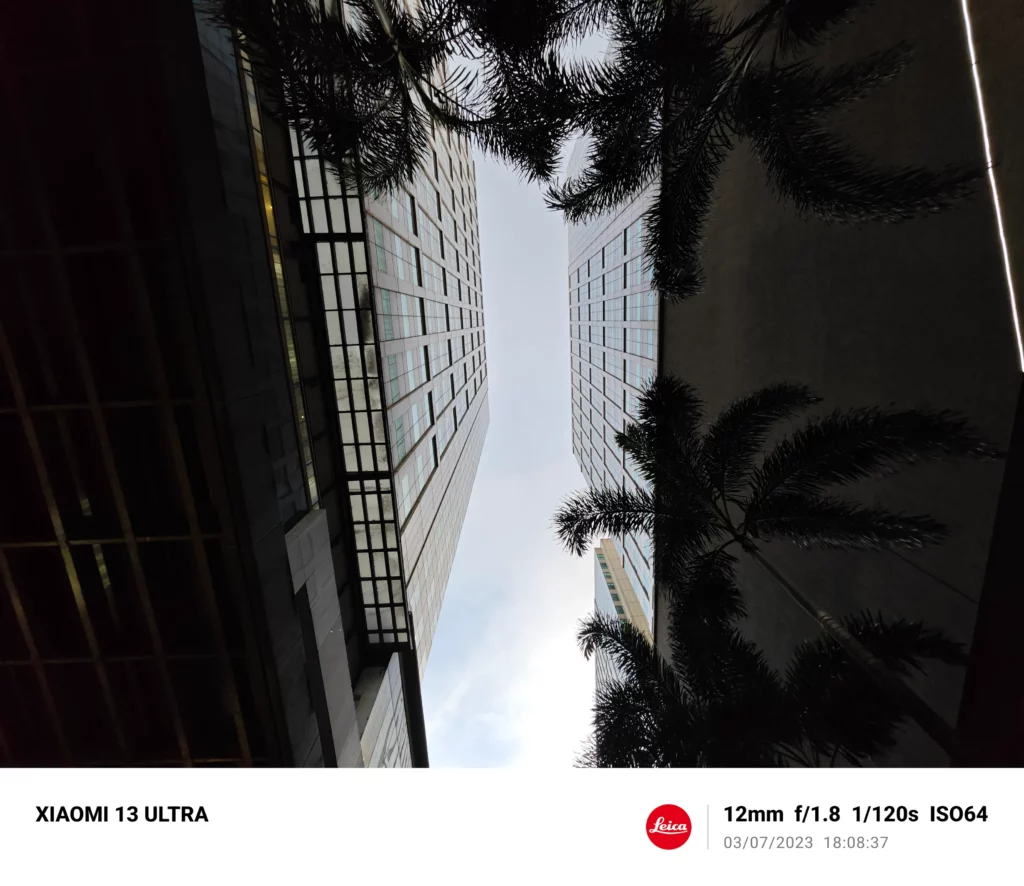

The low-light performance is rather good. The background blur is astounding, the lighting is subdued to life, and it is clear that the phone’s telephoto lenses is its main feature.


The physical apertures of the primary camera are f/1.9 and f/4.0, respectively. While f/4.0 has less blue in the background but a crisper image, f/1.9 is ideal for low light and provides a superior background blur. Also, the portrait mode employs a virtual aperture that ranges from f/1.0 to f/16.



Additionally, AI may turn on the night mode automatically if it detects that your subject is in night mode. Night mode photos are also pretty much impressive with all the range of colors and details captured.
The photographs of cats that are provided below (which are difficult to catch because they can’t remain still for their lives) demonstrate how quickly the camera’s shutter operates.




All of them are very natural, but we obviously wanted to locate the right angles so that the kitties would be touched by their lovely pictures.
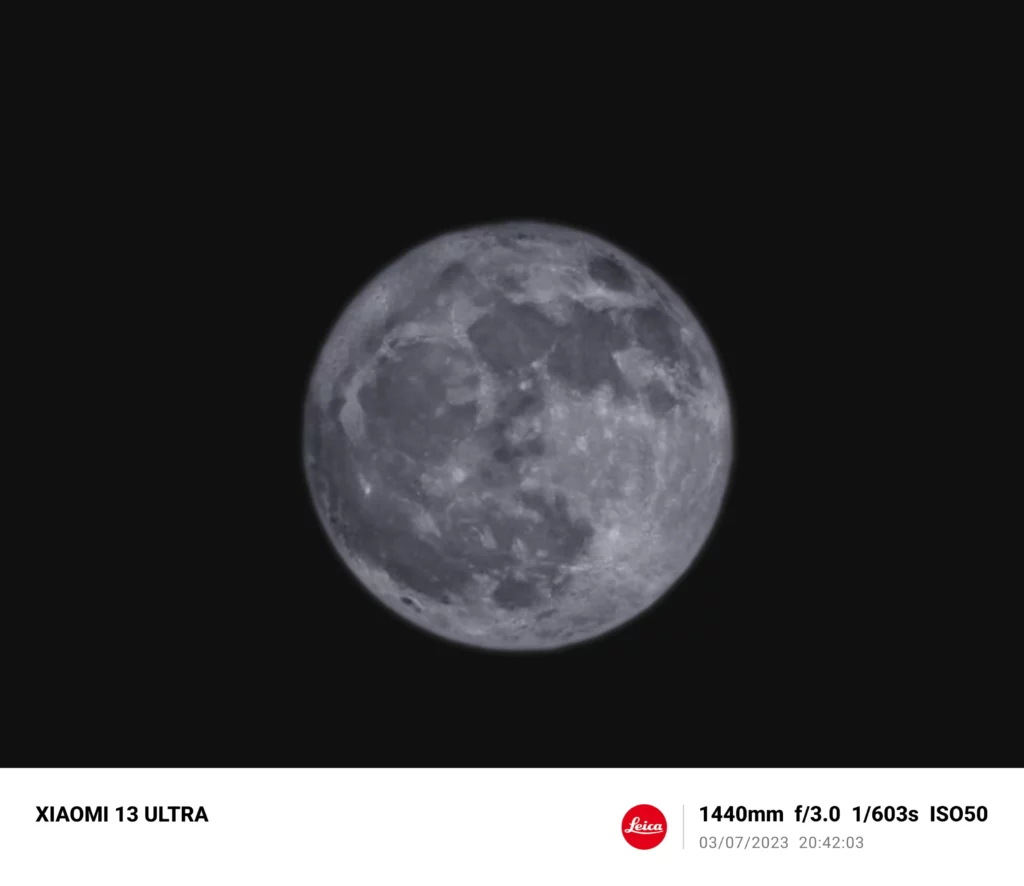
The phone’s camera has a super moon feature, and the image above was shot instantly as mentioned by our videographer which is pretty impressive! The details are there, craters, moon stuff…great!
Video quality test
The 8k 24fps setting for video recording is really lifeless and washed out so we recommend to choose the 4k 60fps recording option for the better quality. Moreover, the selfie video is very bland and only 1080p videos can be captured by the selfie camera, which is disappointing for a flagship phone.
The captured videos have excellent background blur, much like the photos that were taken. Additionally, the phone has “Steady mode” and “Steady mode Pro” for video stabilization. If you want to run while recording a video, the Steady mode pro option is ideal because it is more aggressive with video stabilization.
What we like:
- Unique design, IP68 rating
- Awesome display
- Dolby Vision and Dolby Atmos support
- Excellent battery life and performance
- Excellent audio quality
- Top-notch thermal handling
- One of the very best rear cameras in a flagship
What we don’t like:
- Its selfie camera is subpar
- 8K 60FPS video quality is also subpar
Final remarks
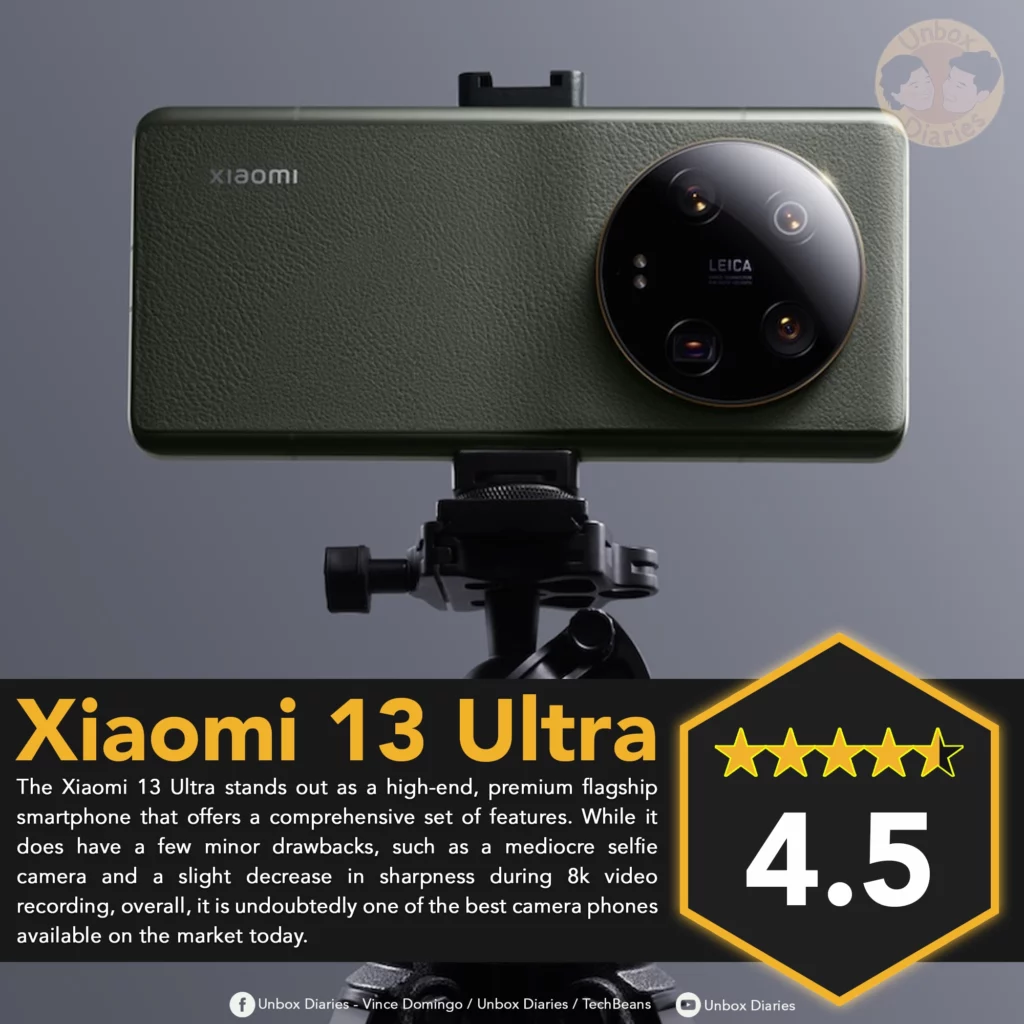
The Xiaomi 13 Ultra stands out as a high-end, premium flagship smartphone that offers a comprehensive set of features. While it does have a few minor drawbacks, such as a mediocre selfie camera and a slight decrease in sharpness during 8k video recording, overall, it is undoubtedly one of the best camera phones available on the market today.
Additional writing by Dan Manjares

